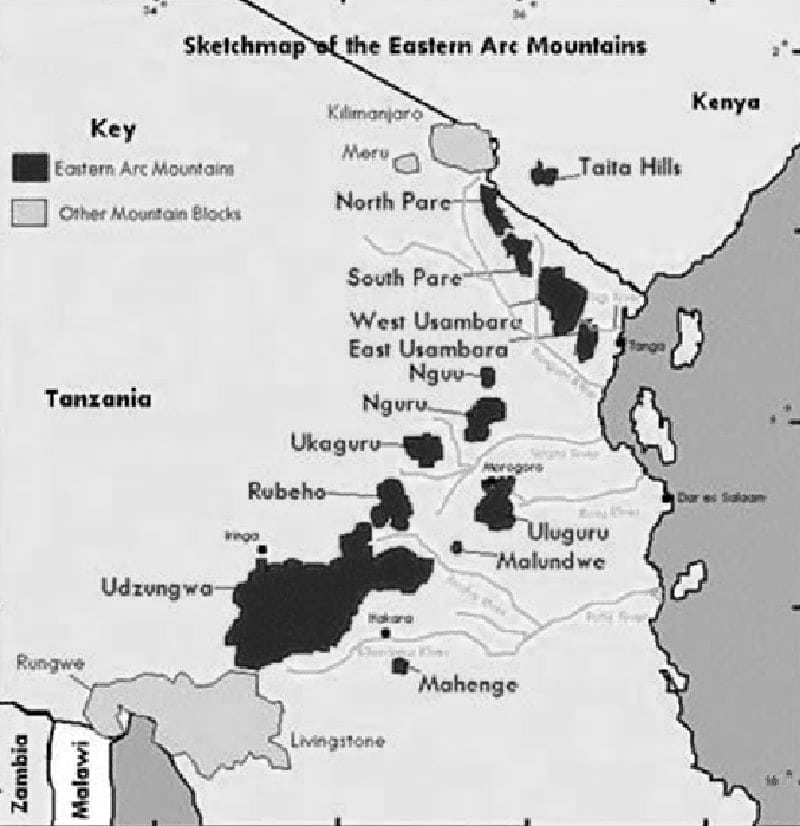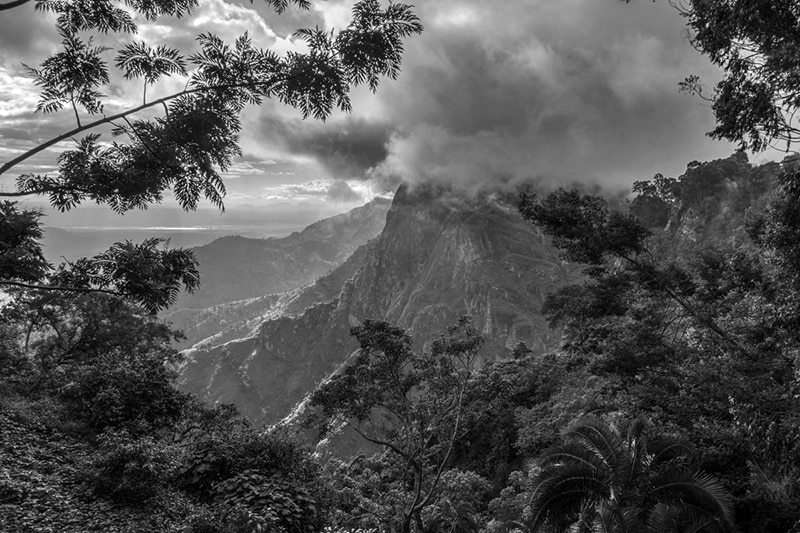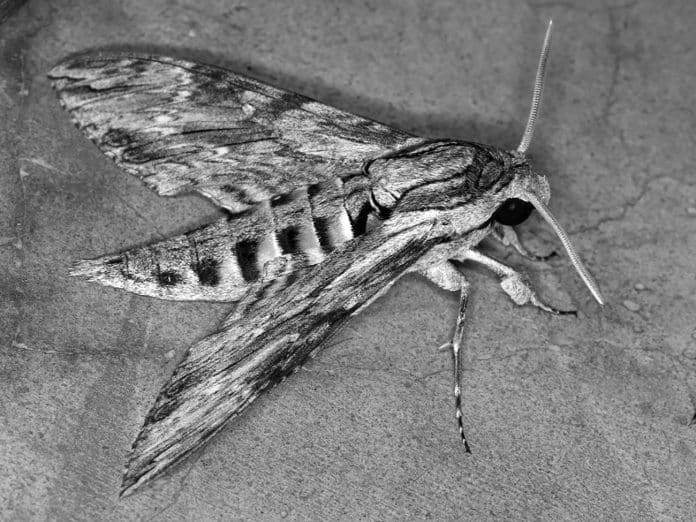Fluttering Beauties: Discover the Diverse World of Moths in Tanzania
Tanzania is a country known for its stunning landscapes, diverse wildlife, and rich biodiversity. While many people are familiar with the iconic animals of Tanzania such as lions, elephants, and zebras, there is a hidden world of beauty that often goes unnoticed – the world of moths of Tanzania. These fluttering creatures, often overshadowed by their more popular cousins, butterflies, are an integral part of Tanzania’s ecosystem. In this article, we will delve into the fascinating world of Tanzanian moths, exploring their importance, unique characteristics, habitats, and conservation efforts.
Importance of moths in the ecosystem
Moths play a crucial role in maintaining the delicate balance of Tanzania’s ecosystem. Despite their reputation as mere nuisances or pests, moths serve as essential pollinators, helping to fertilize various plants and flowers. They are particularly important in pollinating night-blooming flowers that rely on moths for their survival. Moreover, moths also function as a vital food source for other animals, including birds, bats, and insects. These creatures depend on the protein-rich caterpillars and adult moths as a vital component of their diet. Without moths, the ecosystem would suffer significant disruptions, leading to a cascading effect on other species.
List of moths of Tanzania
Tanzania is home to a staggering variety of moth species, each with its own unique characteristics and adaptations. The country boasts a diverse range of habitats, from the Serengeti plains to the lush rainforests of the Eastern Arc Mountains, providing ideal conditions for moths to thrive. Some of the notable moth species found in Tanzania include the Giant Silk Moth, African Moon Moth, and the impressive Emperor Moth. These moths come in an array of colors, shapes, and sizes, captivating observers with their intricate patterns and delicate wings.
Unique characteristics and adaptations of Tanzanian moths
Tanzanian moths have evolved various unique characteristics and adaptations that allow them to survive and thrive in their specific environments. One fascinating adaptation is their ability to camouflage themselves, blending seamlessly into their surroundings. This adaptation helps them evade predators and increases their chances of survival. Additionally, some moths have developed specialized mouthparts, allowing them to feed on nectar from specific flower species. This coevolutionary relationship between moths and flowers has resulted in the evolution of long tongues or proboscises, enabling the moths to reach deep into the flowers’ nectar sources.
Moth habitats in Tanzania

Tanzania’s diverse habitats provide a haven for moths, with each region offering unique environmental conditions. The savannahs of the Serengeti attract moths that have adapted to grassland habitats, while the dense forests of the Eastern Arc Mountains are home to moths that thrive in the cool and moist environment. Coastal regions of Tanzania also host a variety of moths that have adapted to the unique conditions found in these areas. Whether it’s the arid plains or the high mountain peaks, moths have found their niche in Tanzania’s diverse landscapes.
Conservation efforts for Tanzanian moths
Despite their ecological importance, moths often receive less attention compared to other charismatic species. However, there are dedicated individuals and organizations working tirelessly to conserve Tanzanian moths and their habitats. One such initiative is the establishment of moth monitoring programs, where volunteers and scientists collect data on moth populations and their distribution. This information helps in understanding the factors that influence moth populations and guides conservation efforts. Additionally, raising awareness about the importance of moths and their role in the ecosystem is crucial in garnering support for their conservation.
Interesting facts about Tanzanian moths
Did you know that some Tanzanian moths have the ability to produce ultrasonic sounds? These sounds are used to communicate with potential mates, as well as to deter predators. Another interesting fact is that moths have a remarkable sense of smell, with some species able to detect pheromones released by their potential mates from several kilometers away. These incredible adaptations and behaviors highlight the complexity and diversity of Tanzanian moths.
Capturing and photographing moths in Tanzania
For those who are intrigued by the beauty and diversity of Tanzanian moths, capturing and photographing these elusive creatures can be a rewarding experience. Setting up moth traps is a common method used by researchers and enthusiasts to attract and observe moths. These traps are usually equipped with a light source, which attracts moths from the surrounding area. By carefully documenting the moths they encounter, individuals can contribute to citizen science projects and help expand our understanding of these fascinating creatures.
Moth-watching tours and destinations in Tanzania

For a truly immersive experience into the world of Tanzanian moths, moth-watching tours offer a unique opportunity to explore the country’s diverse habitats and encounter a wide range of moth species. These tours are led by knowledgeable guides who are well-versed in the behavior, identification, and ecology of moths. Some popular destinations for moth-watching in Tanzania include the Usambara Mountains, Ngorongoro Conservation Area, and the Selous Game Reserve. These tours not only provide an unparalleled chance to observe moths up close but also offer insights into the broader ecosystem and biodiversity of Tanzania.
Conclusion: Appreciating the beauty and diversity of Tanzanian moths
As we conclude our journey into the diverse world of Tanzanian moths, it is clear that these often overlooked creatures play a vital role in the country’s ecosystem. Their intricate patterns, unique adaptations, and important ecological functions make them a truly fascinating subject of study. By appreciating and understanding the beauty and diversity of Tanzanian moths, we can contribute to their conservation and ensure that future generations have the opportunity to marvel at these fluttering beauties. So, next time you find yourself in Tanzania, take a moment to observe the moths around you, and you might be surprised by the wonders they reveal.
For more articles related to Wildlife in Tanzania (Animals), click here!

































